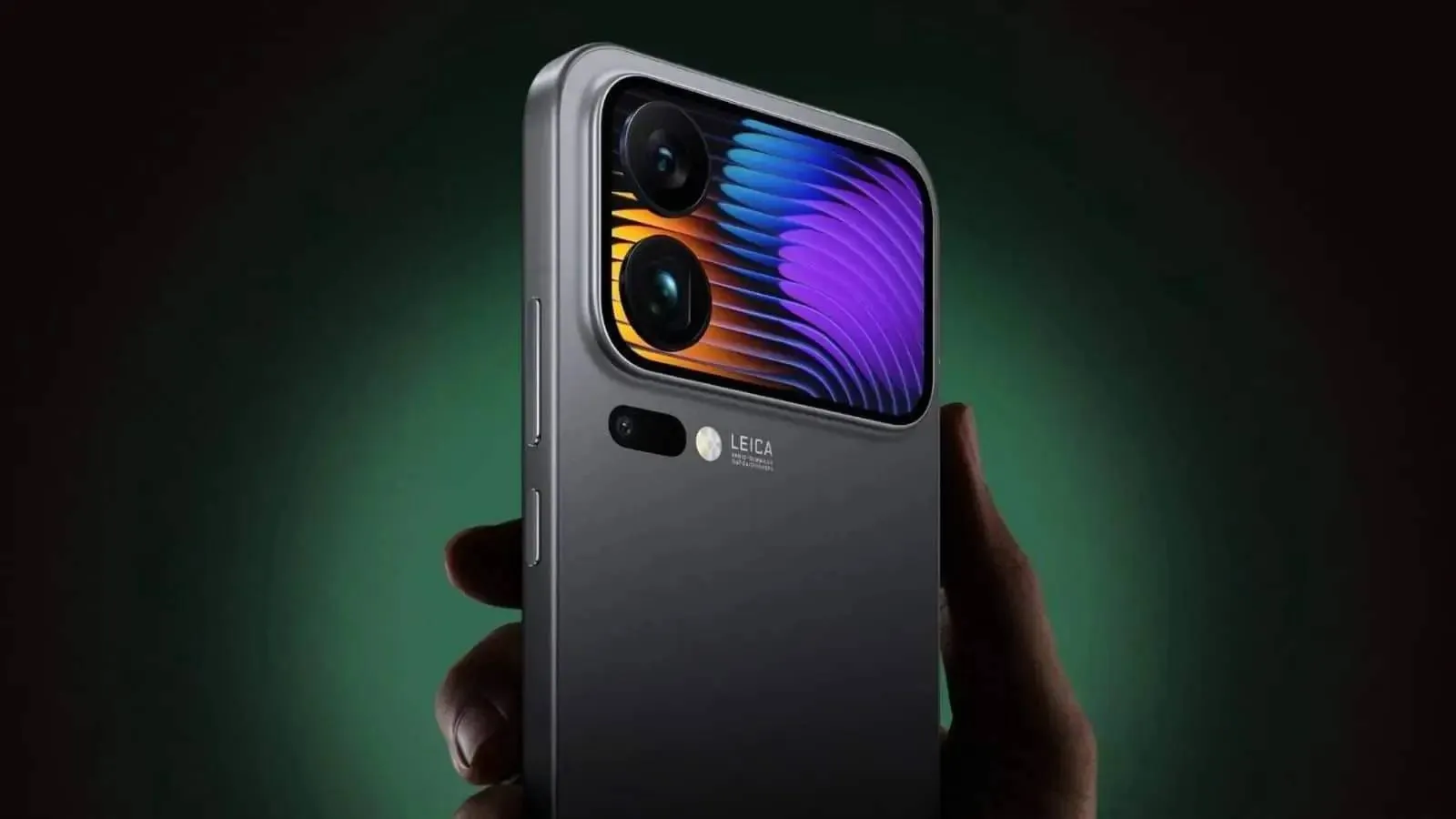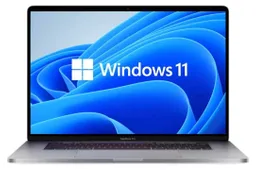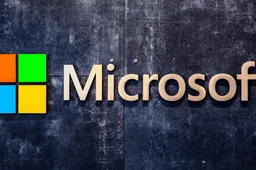AT&T Issues Warning to All iPhone, Android, Gmail and Outlook Users Over Cash-Stealing Phishing Attack
TechSunday, 04 June 2023 at 18:46
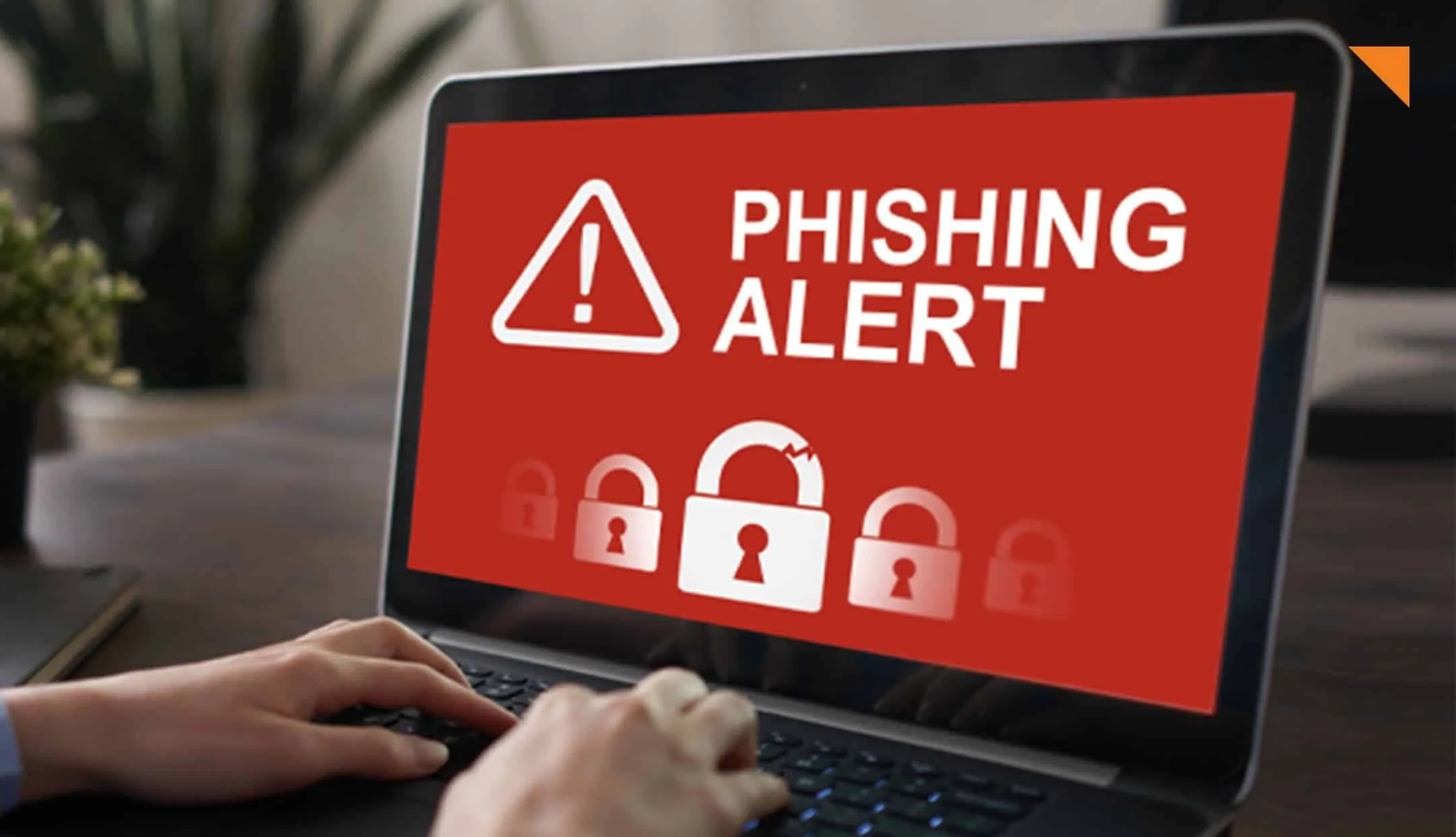
Digital financial transactions are widely considered one of the most convenient and secure payment methods and a way of keeping close tabs on your bank accounts. This technology allows users to complete financial transactions from the comfort of their own homes, without ever needing to visit a bank. You can complete all of these tasks from the comfort of your home. The convenience, easy accessibility and how fast it is to perform digital transactions has made it the best choice for millions of people around the world.
Digital banking or financial technology is widely used around the world. Due to its popularity, it easily becomes the target for many internet fraudsters and other forms of phishing attacks. IT support company AAG-IT reports that approximately 3.4 billion phishing emails are sent daily.
What is a Phishing Attack?
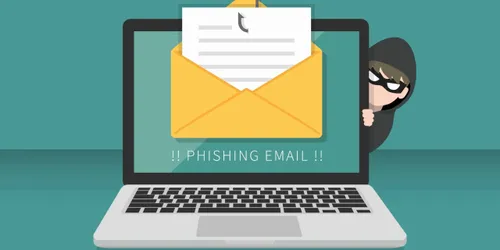
A phishing attack is a form of attack that involves tricking users to give out personal information. Usually, phishing attackers present themselves as genuine companies in order to look less suspicious. Phishing attacks mostly come in different forms. They may come in the form of text messages or emails. Phishing attacks often take the form of emails, which can be easily spoofed to appear legitimate. The attackers are able to brand the email to look more legitimate than text messages.
Phishing attacks mostly have one goal, that is to steal your money. They can also distribute malware which will target your money at the end of the day.
How Does Phishing Attacks Work?
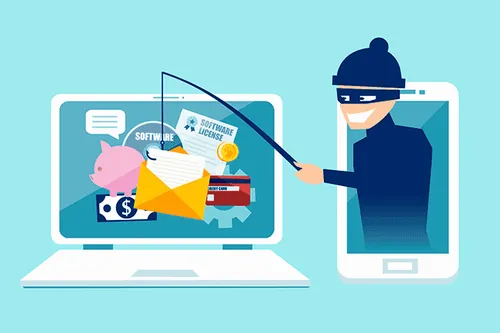
As previously stated, email is the most common delivery method for phishing attacks. AT&T has further explained how this happens. It says that, the target usually receives a link to a website in their email. The message may come with a price offer or something like an account verification request. Once the target clicks on the link, they may automatically download a malware into their device. This malware mostly gives hackers access to your personal files and of course, your device. Or, the link can trick the user to give out certain personal information that will allow hackers access your banking information.
How to Protect Yourself From Phishinh Attacks
AT&T has gone on to share a few tips that will help users protect themselves from phishing attacks. Just take note of these tips and stay safe from phishing attacks.
- When you receive any form of suspicious text message or email, never click on the attached link or download any attached file.
- Make sure you use strong passwords for your device as well as your email and always update your device with the latest security patch.
- You can also use anti-phishing tools from a reputable company to help protect your emails.
- Never give any personal information to any unknown person via email or text message.
- Report to your credit card company or your bank as soon as you realize that you have been scammed.
Report any forms of scams you encounter to the Federal Trade Commission to help reduce scam activities.
Loading
